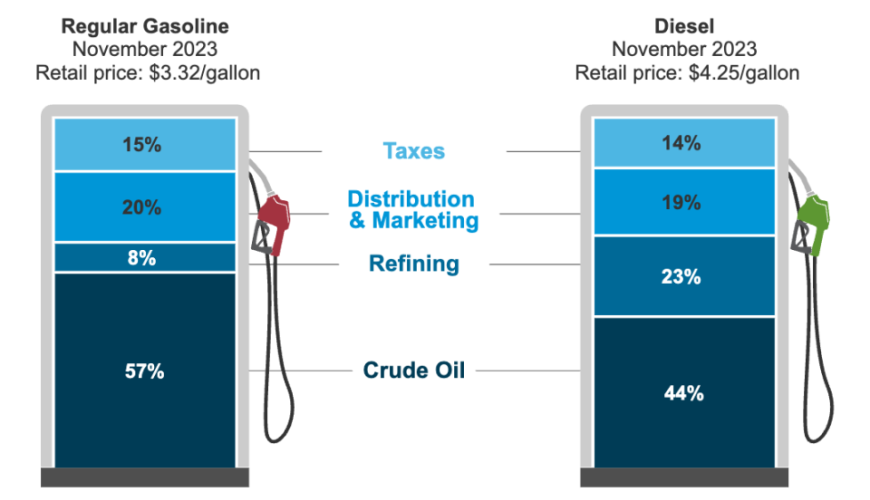National Average Gas Prices Reach Two-Month Peak
- 16 February 2024 2:00 AM

The national average gas prices recently surged to a two-month high, indicating an increase in demand as more people begin to travel amid measures to ease COVID-19 restrictions. This increase marks the first time after several weeks of stability in gas prices.
Historically, fluctuations in gas prices have been linked largely to global crude oil prices and the demand and supply balances. Recently, though, the prices have been affected significantly by the COVID-19 pandemic, disrupting the usual patterns.
The increase in gas prices may be attributed to several factors. A notable factor is the recent easing of COVID-19 measures, causing more Americans to travel which results in higher demand for fuel. The current state of the oil market, including OPEC+ production disagreements and the resurgence of COVID-19 in some areas, has also contributed to this trend.
The spike in gas prices puts more economic pressure on consumers, many of whom are still grappling with the economic fallout of the pandemic. The hike may also affect other sectors, as fuel costs directly influence the prices of goods and services.
While gas is a substantial part of our daily lives, these escalating costs will impact the broader economy. There may be a ripple effect as businesses calculate increased transport costs and reflect this in increased prices on goods and services. As a result, consumers could find their purchasing power reduced and living costs increased.
The surge in gas prices also comes at a time when there have been concerns about inflation. Some economists believe that the surge in gas prices could contribute to inflationary pressures. Higher gas prices usually mean higher energy costs, leading to an increase in the manufacturing and transport costs.
The effects of the jump in gas prices will likely be most felt by lower-income consumers who are more sensitive to changes in energy prices. Despite the short-term discomfort, economists argue that the price increase could spur investments in alternative energy.
Despite the national average surge in gas prices, regional differences persist. Some states have experienced dramatic increases, while others have remained relatively stable. These discrepancies can be attributed to variations in state gas taxes, refining capabilities, and seasonal changes.
In conclusion, the recent rise in national average gas prices to a two-month high could likely have broader economic implications. These implications range from increased energy costs and potential inflationary pressures to potential increased investments in the alternative energy sector. It also underscores the continued importance of monitoring economic indicators and the interconnectedness of global trends.
As the nation continues to navigate the consequences and recovery from the COVID-19 pandemic, this recent surge in gas prices serves as a stark reminder of the pandemic's ongoing impact on the economy and consumers' daily lives. Whether this spike is a short-term phenomenon or a signal of an elongated inflationary period remains a matter of ongoing observation and analysis.
